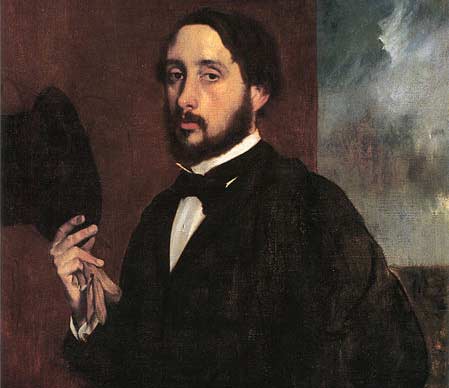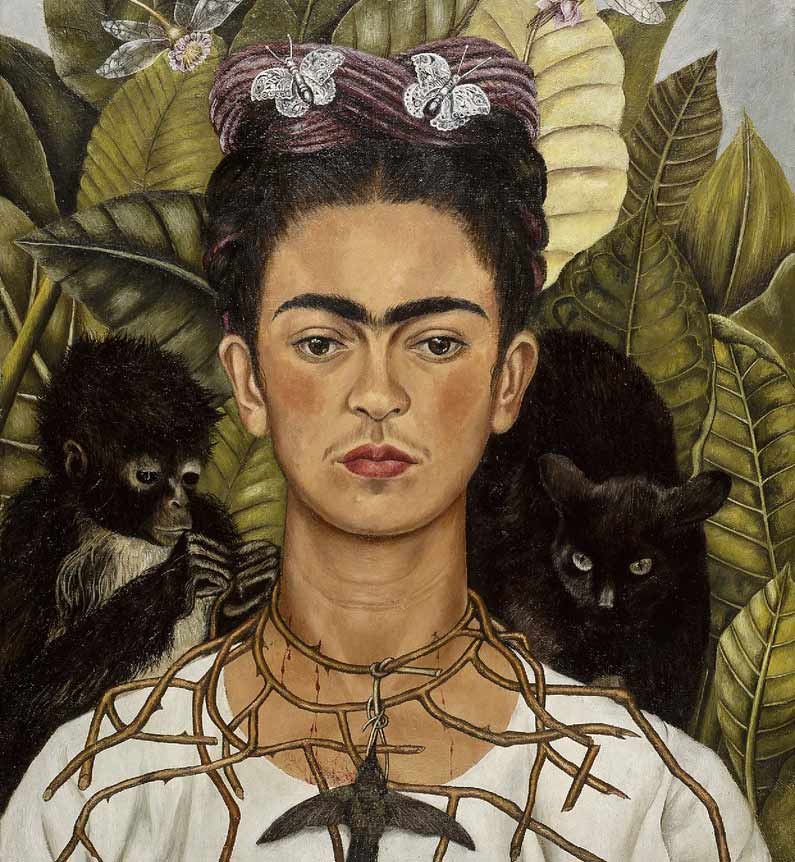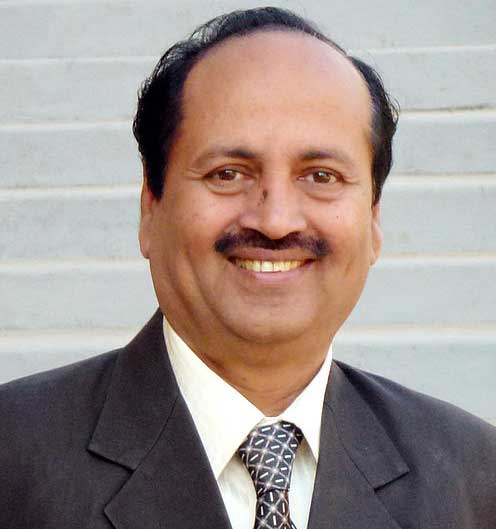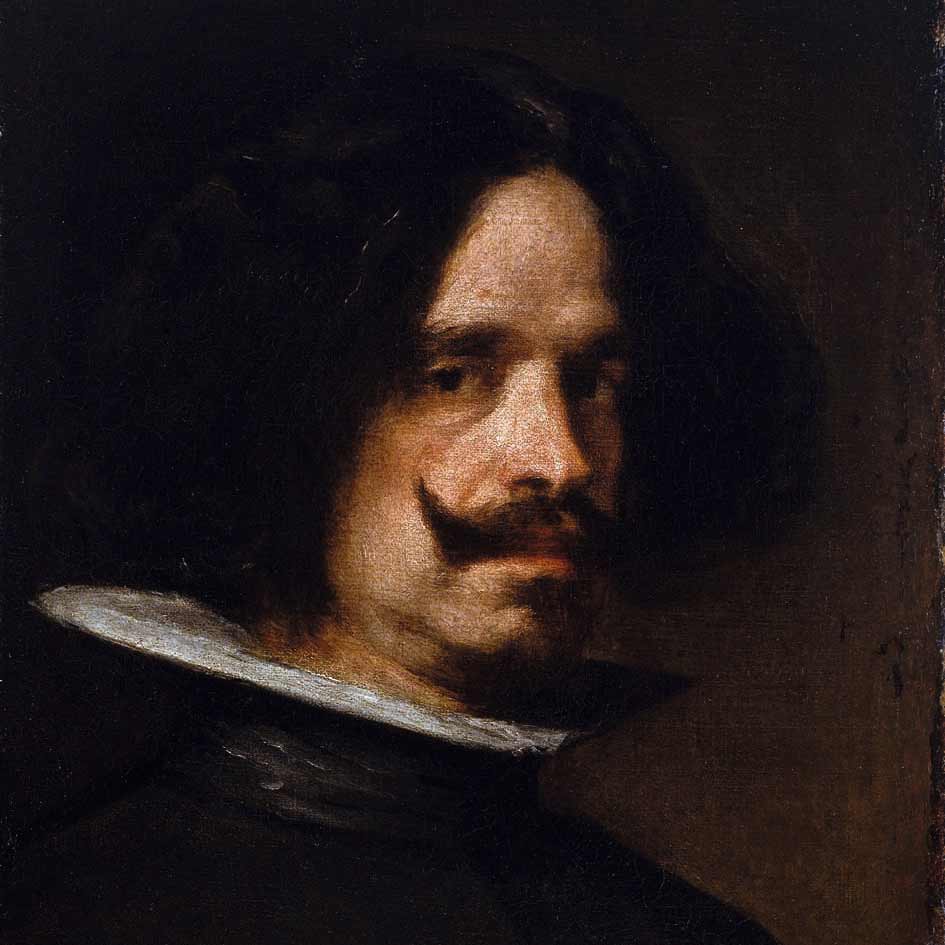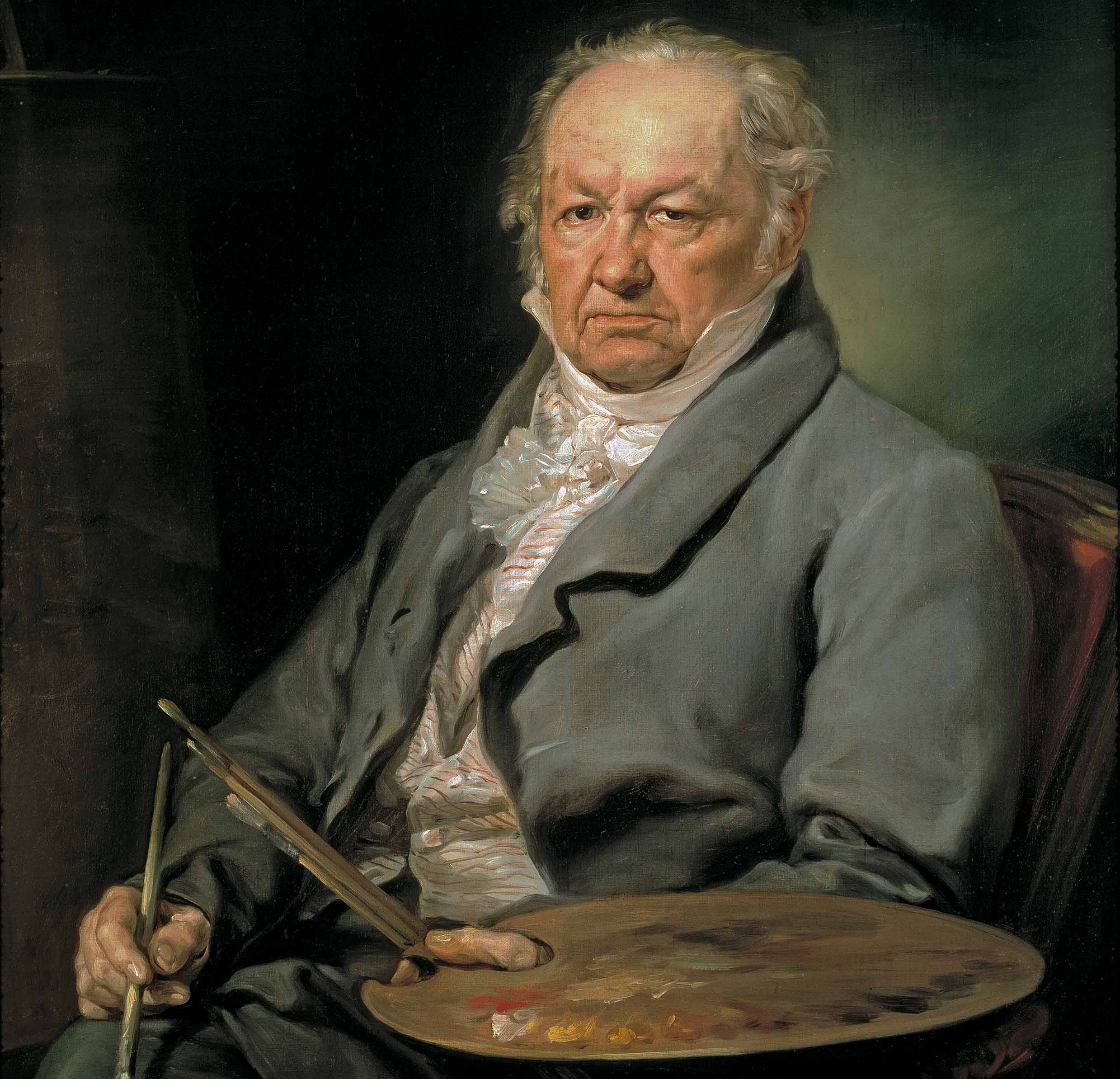
Table of Contents
ToggleQUICK FACTS
Nationality: Spanish
Born: March 30, 1746
Born Place: Fuendetodos, Spain
Died: April 16, 1828
Death Place: Bordeaux, France
On view: Los Angeles County Museum of Art, Rijksmuseum, etc
Periods: Romanticism, Rococo
Children: Francisco Javier Goya Bayeu, etc
Paintings, The Disasters of War
Famous as: Painting, Printmaking
Gender: Male
BIOGRAPHY
Francisco José de Goya y Lucientes (30 March 1746 – 16 April 1828) was a Spanish romantic painter and printmaker. He is considered the most important Spanish artist of the late 18th and early 19th centuries and throughout his long career was a commentator and chronicler of his era. Immensely successful in his lifetime, Goya is often referred to as both the last of the Old Masters and the first of the moderns. He was also one of the great portraitists of his time.
Goya was born to a lower-middle-class family in 1746, in Fuendetodos in Aragon. He studied painting from age 14 under José Luzán y Martinez and moved to Madrid to study with Anton Raphael Mengs. He married Josefa Bayeu in 1773; their life was characterised by an almost constant series of pregnancies and miscarriages, and only one child, a son, survived into adulthood. Goya became a court painter to the Spanish Crown in 1786 and this early portion of his career is marked by portraits of the Spanish aristocracy and royalty, and Rococo style tapestry cartoons designed for the royal palace.
He was guarded, and although letters and writings survive, little is known about his thoughts. He suffered a severe and undiagnosed illness in 1793 which left him deaf, after which his work became progressively darker and pessimistic. His later easel and mural paintings, prints and drawings appear to reflect a bleak outlook on personal, social and political levels, and contrast with his social climbing. He was appointed Director of the Royal Academy in 1795, the year Manuel Godoy made an unfavorable treaty with France. In 1799, Goya became Primer Pintor de Cámara (Prime Court Painter), the highest rank for a Spanish court painter. In the late 1790s, commissioned by Godoy, he completed his La maja desnuda, a remarkably daring nude for the time and clearly indebted to Diego Velázquez. In 1801 he painted Charles IV of Spain and His Family, also influenced by Velázquez.
In 1807, Napoleon led the French army into the Peninsular War against Spain. Goya remained in Madrid during the war, which seems to have affected him deeply. Although he did not speak his thoughts in public, they can be inferred from his Disasters of War series of prints (although published 35 years after his death) and his 1814 paintings The Second of May 1808 and The Third of May 1808. Other works from his mid-period include the Caprichos and Los Disparates etching series, and a wide variety of paintings concerned with insanity, mental asylums, witches, fantastical creatures and religious and political corruption, all of which suggest that he feared for both his country’s fate and his own mental and physical health.
His late period culminates with the Black Paintings of 1819–1823, applied on oil on the plaster walls of his house the Quinta del Sordo (House of the Deaf Man) where, disillusioned by political and social developments in Spain he lived in near isolation. Goya eventually abandoned Spain in 1824 to retire to the French city of Bordeaux, accompanied by his much younger maid and companion, Leocadia Weiss, who may or may not have been his lover. There he completed his La Tauromaquia series and a number of other, major, canvases.
Following a stroke which left him paralyzed on his right side, and suffering failing eyesight and poor access to painting materials, he died and was buried on 16 April 1828 aged 82. His body was later re-interred in the Real Ermita de San Antonio de la Florida in Madrid. Famously, the skull was missing, a detail the Spanish consul immediately communicated to his superiors in Madrid, who wired back, “Send Goya, with or without head.”
EARLY YEARS
Francisco Goya was born in Fuendetodos, Aragón, Spain, on 30 March 1746 to José Benito de Goya y Franque and Gracia de Lucientes y Salvador. The family had moved that year from the city of Zaragoza, but there is no record why; likely José was commissioned to work there. They were lower middle-class. José was the son of a notary and of Basque origin, his ancestors being from Zerain, earning his living as a gilder, specialising in religious and decorative craftwork. He oversaw the gilding and most of the ornamentation during the rebuilding of the Basilica of Our Lady of the Pillar (Santa Maria del Pilar), the principal cathedral of Zaragoza. Francisco was their fourth child, following his sister Rita (b. 1737), brother Tomás (b. 1739) (who was to follow in his father’s trade) and second sister Jacinta (b. 1743). There were two younger sons, Mariano (b. 1750) and Camilo (b. 1753).
His mother’s family had pretensions of nobility and the house, a modest brick cottage, was owned by her family and, perhaps fancifully, bore their crest. About 1749 José and Gracia bought a home in Zaragoza and were able to return to live in the city. Although there are no surviving records, it is thought that Goya may have attended the Escuelas Pías de San Antón, which offered free schooling. His education seems to have been adequate but not enlightening; he had reading, writing and numeracy, and some knowledge of the classics. According to Robert Hughes the artist “seems to have taken no more interest than a carpenter in philosophical or theological matters, and his views on painting … were very down to earth: Goya was no theoretician.” At school he formed a close and lifelong friendship with fellow pupil Martín Zapater; the 131 letters Goya wrote to him from 1775 until Zapater’s death in 1803 give valuable insight into Goya’s early years at the court in Madrid.
FILMS AND TELEVISION
- Goya: Crazy Like a Genius (2012), a documentary by Ian MacMillan, presented by Robert Hughes
- Goya’s Ghosts (2006), directed by Miloš Forman
- Volavérunt (1999), directed by Bigas Luna and based on the novel by Antonio Larreta
- Goya in Bordeaux (1999), Spanish historical drama film written and directed by Carlos Saura about the life of Francisco de Goya
- Goya or the Hard Way to Enlightenment (1971) (German: Goya – oder der arge Weg der Erkenntnis) is a 1971 East German drama film directed by Konrad Wolf. It was entered into the 7th Moscow International Film Festival where it won a Special Prize. It is based on a novel with the same title by Lion Feuchtwanger.
- The Naked Maja (1958), directed by Henry Koster. A film about the painter Francisco Goya and the Duchess of Alba; Anthony Franciosa played Goya and Ava Gardner played The Duchess.
- Tiempo de ilustrados (Time of the Enlightened) in the series The Ministry of Time. Goya (played by Pedro Casablanc) must repaint La maja desnuda after a cult called the Exterminating Angels destroy it.
The contents of this page are sourced from Wikipedia article on 4 July 2020. The contents are available under the CC BY-SA 4.0 license.


